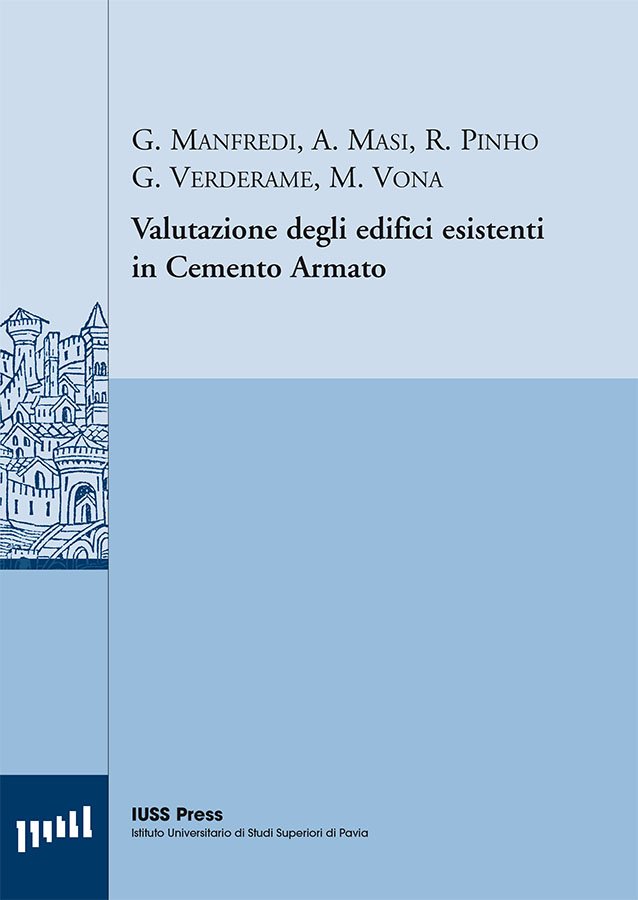Catalogo

Valutazione degli edifici esistenti in Cemento Armato
01/01/2003
An Introduction to Structural Testing Techniques in Earthquake Engineering
01/01/2004Myths and Fallacies in Earthquake Engineering, Revisited
€ 28,00
M.J.N. Priestley
ISBN: 88-7358-009-2
In 1993, the author, in a paper “Myths and Fallacies in Earthquake Engineering” which received some notoriety and several major awards, critically examined a number of fundamental principles on which seismic design of structures is based, and concluded that many were deeply flawed.
Esaurito
In 1993, the author, in a paper “Myths and Fallacies in Earthquake Engineering” which received some notoriety and several major awards, critically examined a number of fundamental principles on which seismic design of structures is based, and concluded that many were deeply flawed. In this monograph, a number of these principles are reviewed in more detail, and in the lights of ten years progress in research and design philosophy. Detailed information on the elastic stiffness of reinforced concrete members is given. It is shown that strength and stiffness are directly proportional, and hence the current practice of allocating strength in proportion to assumed values of stiffness is irrational. The use of 3-D multi-modal elastic analyses is shown to be inadequate to describe higher mode or torsional effects in inelastic systems, despite these being the rationale for the use of this design approach. Seismic design of structures using precast concrete with unbonded prestressing reinforcement is examined in some detail. It is shown, based on both analytical and experimental evidence that despite having low hysteretic energy absorption characteristics, seismic performance is superior to systems with the conventionally recognised ideal of high hysteretic damping. Finally, progress in development of a simple and rational seismic design procedure based on displacement rather than force considerations, which was first introduced in the 1993 paper, is presented in some detail. Some unusual conclusions resulting from application of the displacement-based design logic are presented.
| Peso | 1,00 kg |
|---|---|
| Dimensioni | 17,0 × 24,0 cm |
| Autore |

